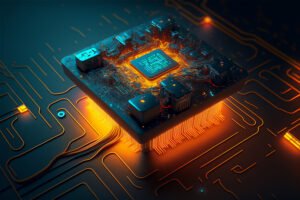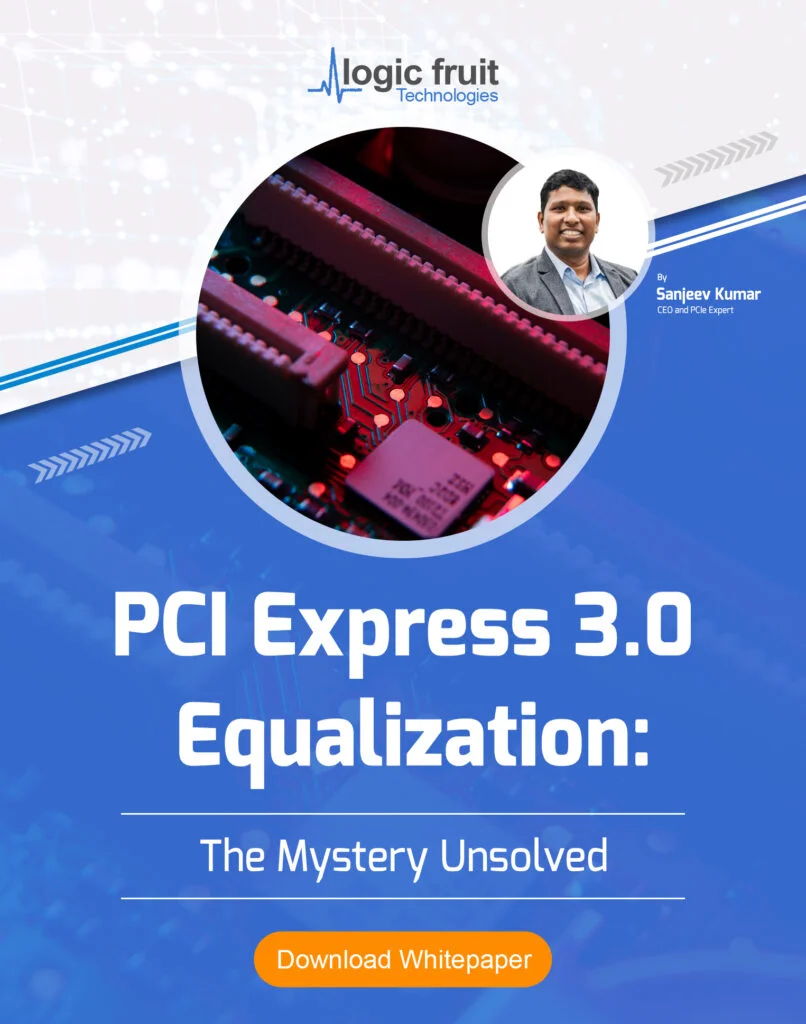FPGAs, also known as field-programmable gate arrays, have become a game-changing technology that are transforming embedded systems. With their unparalleled versatility, these robust semiconductor devices allow engineers to design application-specific hardware combinations that can be reprogrammed and improved as necessary.
FPGAs are the perfect ally for embedded systems, specialized computing systems created for devoted functions inside larger devices. FPGA-based embedded systems are critical components in cellphones, medical devices, automotive systems, and a variety of other applications because they provide great efficiency and real-time processing through the direct integration of bespoke hardware into the design.
We will look into the fundamentals of FPGA technology in this blog, go in-depth on programming, and examine the many benefits that FPGA-based embedded systems bring, enabling the creation of extremely effective and adaptable devices.
Overview of Embedded Systems and their Applications
Embedded systems are customized computing platforms created to carry out specific tasks inside bigger systems or goods. They can be found in a wide variety of products, including smartphones, digital cameras, home appliances, cars, medical equipment, and numerous other uses. Embedded systems are distinguished by their concentration on certain tasks, performance optimization, and frequent real-time operation.
FPGAs are essential in the creation of embedded systems because they may incorporate specialized hardware right into the design. This makes it possible to design extremely effective, real-time processing systems that are suited to the particular needs of the application, whether data processing, control systems, or interface management are involved.
Advantages of FPGA-based Embedded Systems
The adoption of FPGA-based embedded systems brings several key advantages:
Flexibility and Customizability: FPGAs allow hardware functionality to be adapted or updated post-deployment, saving time and resources when changes or enhancements are required.
High Performance: The parallel nature of FPGA hardware accelerates processing, making them ideal for computationally intensive tasks and real-time applications.
Power Efficiency: FPGAs can be optimized for specific tasks, reducing power consumption compared to general-purpose processors performing the same functions.
Real-time Responsiveness: The deterministic nature of FPGA-based designs ensures precise and predictable timing, critical for many real-time applications.
Integration: FPGA-based systems can incorporate a mix of hardware and software components, providing seamless integration with existing systems.
Security: FPGA-based systems can be designed with built-in security features, making them more resilient against certain types of attacks
Programming FPGA
Developers employ Hardware Description Languages (HDLs) like VHDL (VHSIC Hardware Description Language) and Verilog to maximize the potential of FPGAs. By defining the behavior and connections of the logic blocks within the FPGA, these HDLs enable the production of a hardware design description. The design sequence that follows the writing of the HDL code entails synthesis, implementation, and configuration.
In the implementation phase, the design is mapped into the physical resources of the FPGA using synthesis, which converts the HDL code into a gate-level representation. Last but not least, the hardware design can be loaded onto the specified FPGA to create a bespoke, application-specific device.
Embedded Processor Cores in FPGA
FPGAs can also have embedded processing cores to supplement their ability to create custom hardware. These cores can be implemented as “hard” cores, which are physically inserted into the FPGA by the manufacturer, or “soft” cores, which are pre-designed and synthesized from HDL descriptions. FPGAs with embedded processors are appropriate for applications needing a variety of processing activities because they offer the advantages of both hardware acceleration and software programmability.
Accelerating Algorithms with FPGA
In order to speed up computationally demanding algorithms, FPGAs have attracted a lot of interest. FPGAs surpass conventional software-based methods in terms of job execution speed by implementing crucial portions of algorithms in hardware. Applications like image and video processing, cryptography, and real-time data analytics make this advantage particularly clear.
Case Studies and Practical Applications
The real-world applications of FPGA-based embedded systems are diverse and impactful. Let’s explore some notable case studies:
Image and Video Processing: FPGAs excel at tasks like image filtering, video compression, and object recognition. Their parallel processing capabilities make them highly efficient for real-time multimedia applications.
Telecommunication Systems: FPGAs are widely used in networking equipment for tasks such as data packet processing, encryption, and protocol conversion. Their flexibility allows for swift adaptations to evolving communication standards.
Internet of Things (IoT) Devices: In IoT applications, where power efficiency and compact size are crucial, FPGAs are used to implement custom processing, sensor interfacing, and communication protocols.
Automotive and Avionics Applications: FPGAs are employed in modern vehicles and aircraft for tasks like engine control, driver assistance systems, and avionics data processing, where real-time responsiveness is paramount.
Future Trends in FPGA and Embedded Systems
The evolution of FPGA and embedded systems is an ongoing process, with continuous advancements and innovations shaping the future. Here are some notable trends to watch for:
Emerging Technologies and Innovations: As FPGA technology matures, new generations of FPGAs will offer higher performance, lower power consumption, and increased integration.
Integration of AI and Machine Learning with FPGAs:The ability of FPGAs to speed up AI and machine learning workloads has shown considerable promise. They are excellent for applications like neural network inference due to their parallel architecture and capacity to implement bespoke hardware for particular algorithms. We may anticipate that FPGAs will play a big role in the delivery of high-performance and energy-efficient solutions as AI and machine learning applications become increasingly widespread across a variety of industries.
Edge Computing and IoT:There is a rising need for embedded systems that can process data locally and make choices in real-time as edge computing and the Internet of Things (IoT) gain popularity. FPGAs are positioned to play a significant role in edge devices due to their capacity to handle sensor data efficiently, interact with many communication protocols, and perform real-time analytics. The use of FPGA-based embedded systems in IoT applications will be accelerated by this trend.
Software-Defined Hardware: As workloads and requirements change, the idea of “software-defined hardware” is gaining popularity, where the hardware configuration of FPGAs may be changed instantly. By enabling dynamic reconfiguration, developers will be able to fine-tune the hardware resources to precisely fit the requirements of their applications, enabling more agile and adaptive systems.
Conclusion
Modern technology has been fundamentally changed by FPGAs and embedded systems, which provide unmatched customization, efficiency, and performance. FPGA-based embedded systems are now essential in a wide range of applications, from enabling sophisticated image and video processing to speeding up AI algorithms.
FPGAs are a popular option for sectors that demand flexibility and real-time processing due to their ability to program and reconfigure hardware on-the-fly to meet changing needs. We may expect even more cutting-edge applications as well as the incorporation of FPGA-based systems into new sectors as technology develops.
As a result of the combination of FPGA and embedded systems, designers may now create effective, adaptable, and high-performance devices that can handle the various difficulties of the digital age. We are witnessing the dawn of a new era where intelligent, nimble, and power-efficient devices become the standard, changing the way we interact with and benefit from technology in our daily lives. This is due to the continual evolution of FPGA technology and its seamless integration with embedded systems.


![What is FPGA Introduction to FPGA Basics [2023] computer-chip-dark-background-with-word-intel-it](https://fpgainsights.com/wp-content/uploads/2023/06/computer-chip-dark-background-with-word-intel-it-300x171.jpg)









